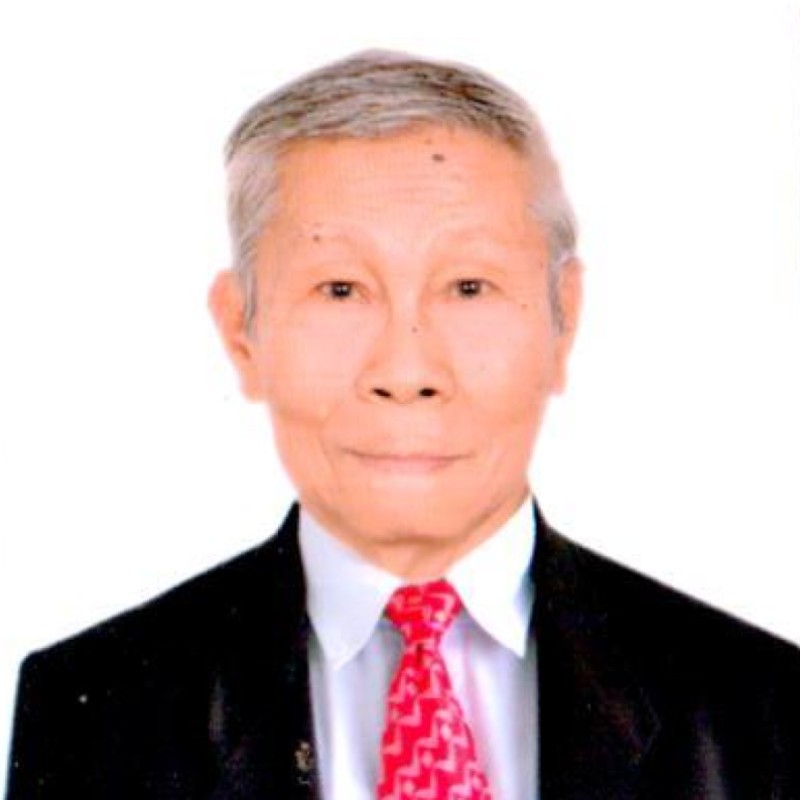GLIMPSES & GAZES
By Severino C. Samonte
MRT Line-7 was planned as LRT Line 4 during FVR's time in 1995
Share
Did you know that the Metro Rail Transit Line 7 (MRT)-7 now under construction from Quezon City to San Jose del Monte City in Bulacan was originally planned as Light Rail Transit Line 4 (LRT-4) during the administration of former President Fidel V. Ramos (1992-1998) and would begin from the Old Bilibid Prison compound on Claro M. Recto Avenue in Manila?
As originally endorsed in 1995 by the Legislative-Executive Development Advisory Council (LEDAC) to the National Economic and Development Authority (NEDA) and the Investment Coordinating Committee (ICC), the proposed 18-kilometer LRT-4 would end at the intersection of Commonwealth Avenue and Quirino Highway in Barangay Kaligayahan, Novaliches, Quezon City.
From its origin near the old Central Market in Manila, the fourth mass railway transit system in Metro Manila would pass through España Avenue in Sampaloc, Welcome Rotunda at the boundary of Manila and Quezon City, Quezon Avenue to Elliptical Road, and Commonwealth Avenue all the way to Novaliches. The project was estimated to cost PHP16 billion and would be completed before the year 2000.
At that time, the only LRT line operating in Metro Manila was the LRT-1 from the Monumento Circle in Grace Park, Caloocan City to Baclaran, Parañaque, passing through Rizal Avenue and Taft Avenue in Manila and Pasay City. It began operation during the time of the late President Ferdinand E. Marcos Sr. in 1984.
The Metro Rail Transit (MRT) Line-3 was then under construction along the middle lanes of Epifanio De Los Santos Avenue (EDSA) from SM North EDSA in Barangay Bagong Pag-asa to Taft Avenue in Pasay City, passing through portions of Mandaluyong and Makati. MRT-3's 13 stations were opened to riders in 1999.
On the other hand, the present LRT-2 was in the planning stage to run from Recto Avenue in Sta. Cruz, Manila to Santolan, Pasig City, passing through Legarda Street and Magsaysay Boulevard in Manila, and Aurora Boulevard and Katipunan Avenue in Quezon City. It started operating in 2003 and has since been extended eastward to Antipolo City in Rizal province.
I was working as executive editor at the Presidential News Desk (PND) in Malacañang when an unsolicited proposal to construct the LRT-4 was presented by its proponents to the then Department of Transportation and Communications (DOTC) headed by Secretary Jesus Garcia Jr. and approved in principle during a LEDAC meeting.
The project proponents, which included real estate giant Ayala Land Inc. (ALI) and a consortium of French and Filipino engineering consultancy firms, proposed to undertake the construction of the fourth segment of Metro Manila's LRT System under the Build-Lease-Transfer (BLT) law.
As a resident of Novaliches, I was very glad for such development. I told myself that at last, Novaliches, the most traffic-prone area in Northern Metro Manila for the past several decades, seemed to be getting the attention of national government leaders.
I recalled that all Metro Manila newspapers gave prominent space to the approval of the LRT-4 line. Even the editors and publishers of Filway's Philippine Almanac decided to include LRT-4 in an article "Travelling Through Time" in its 1998 Edition to highlight the celebration of the first Centennial of Philippine Independence in 1998. The almanac was edited by National Artist for Literature and Children' Communication Center Executive Director Virgilio S. Almario.
But what happened? Why the construction of the vital project was delayed for more than 20 years?
There were a number of reasons. For one thing, another railway project on the same route, but longer and extending up to Bulacan province, was presented to the NEDA and the DOTC. This halted discussions on the technical and financial aspects of the original proposal.
Another reason was the issue on where to locate the unified or common station of LRT-1, MRT-3 and the planned LRT-4, later on dubbed as MRT-7. This was settled only after President Rodrigo R. Duterte's Transportation Secretary Arthur P. Tugade appealed to all concerned sectors to set aside differing issues and stances so that the government could move on implementing vital infrastructure projects needed by the people.
The present Department of Transportation (DOTr) website said the groundbreaking for MRT-7 took place on April 20, 2016, or barely two months before the end of the term of the late President Benigno S. Aquino III. Actual construction was finally begun in President Duterte's time in August 2016.
According to Tugade, the MRT-7 unsolicited proposal was first submitted to the former DOTC in August 2001, while the concession agreement was signed in August 2008. it took nearly 20 years from the submission of the unsolicited proposal before the actual construction started in the Duterte administration, he said.
Once completed, the new railway system will link North Avenue, Quezon City and San Jose del Monte, Bulacan, reducing travel time from the present two to three hours to just 35 minutes. The project is also expected to serve 38,000 passengers during peak hours daily.
MRT-7 will have 14 stations between SM North EDSA-Trinoma Mall and Barangay Tungko, San Jose del Monte City. These are: Quezon-North Avenue Joint Station; Quezon Memorial Circle; University Avenue; Tandang Sora; Don Antonio Heights; Batasan; Manggahan; Doña Carmen; Regalado; Mindanao Avenue; Quirino; Sacred Heart; Tala; and San Jose del Monte.
Comments
About the Columnist

He began his journalistic career by contributing to the Liwayway and Bulaklak magazines in the 1960’s. He was the night editor of the Philippine News Service when Martial Law was declared in September 1972. When the Philippine News Agency was organized in March 1973, he was named national news editor because of his news wire service experience.
He retired as executive news editor in 2003. He also served as executive editor of the Malacanang-based Presidential News Desk from 1993 to 1996 and from 2005 to 2008.
